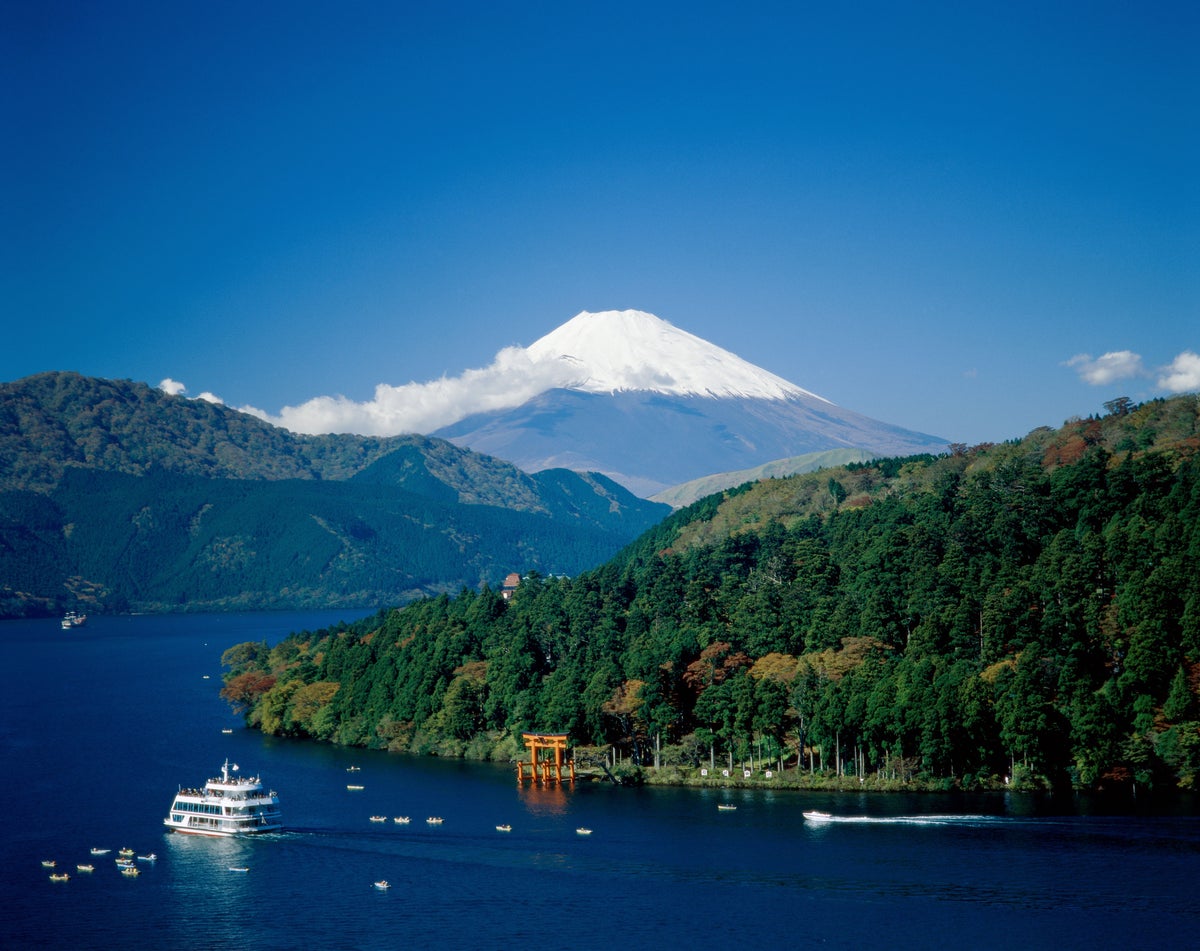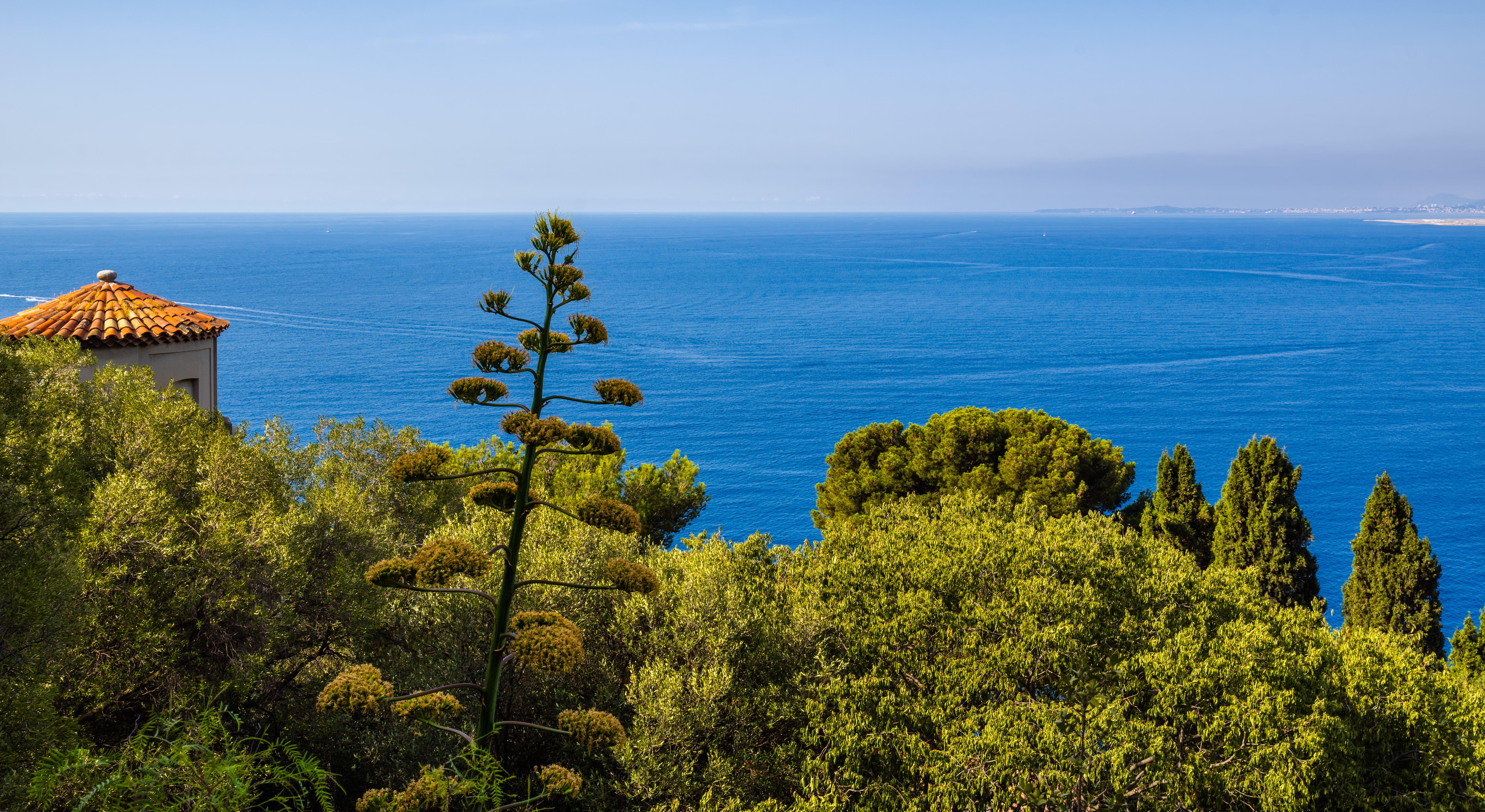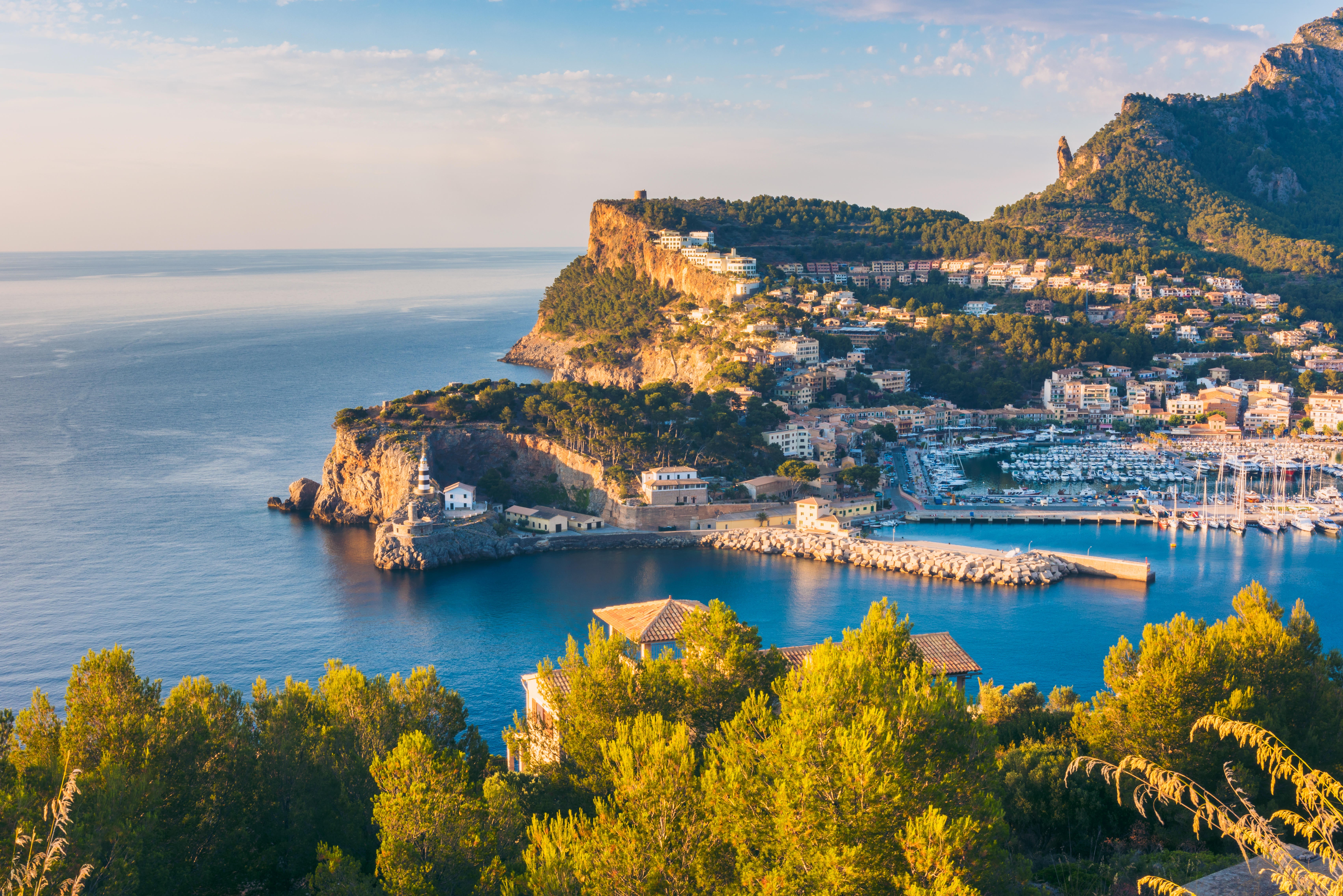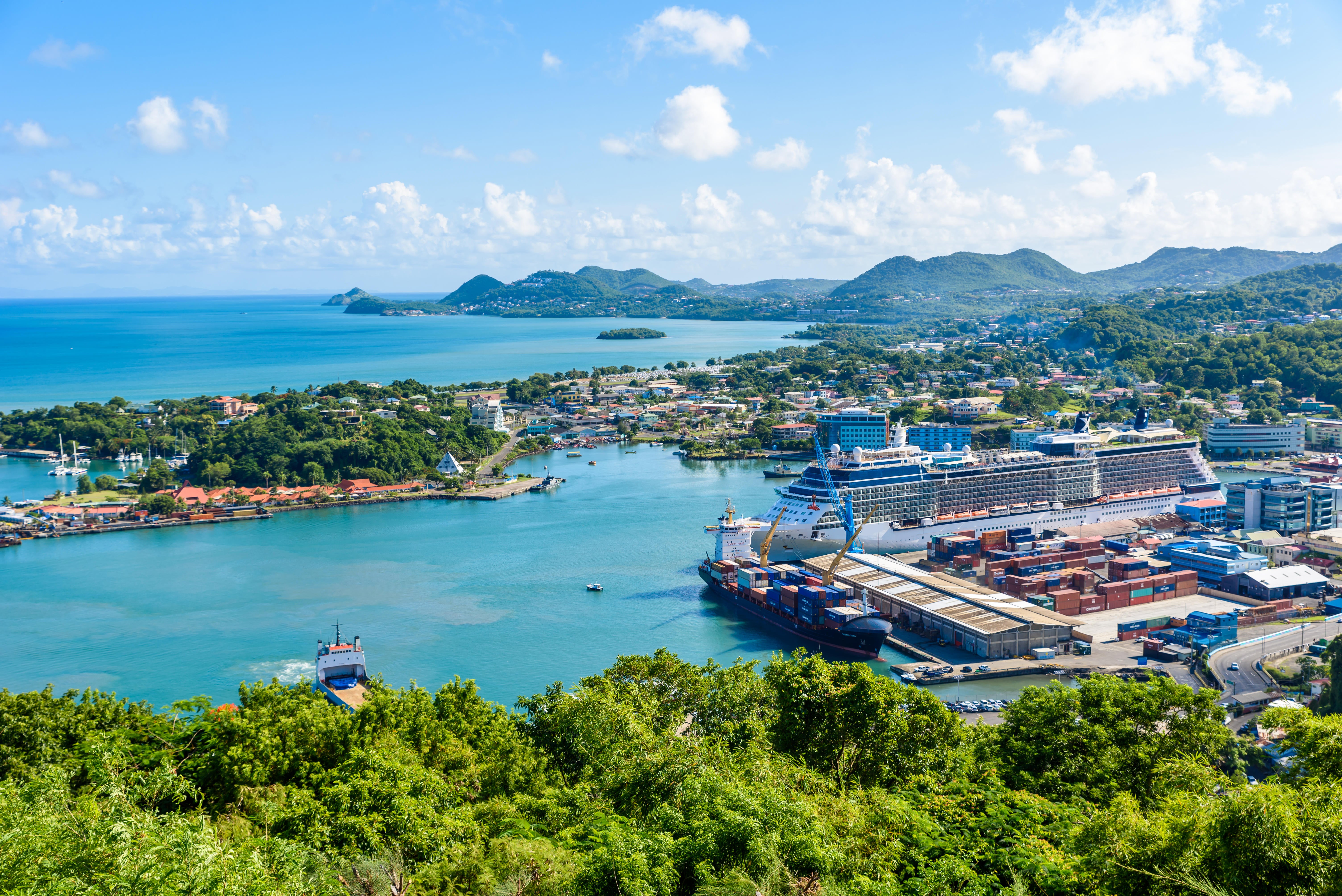
The call for the world to ‘build back better’ became a sort of mantra throughout the pandemic, so much so that US President Joe Biden, the UK government and the G7 all latched on to the phrase to set out their plans for recovery. Now, with cruises back up and running, demand surpassing pre-pandemic levels in some cases and many lines relaxing the need for testing or vaccination (depending on the duration and destinations visited), is it a case of business as usual or have things really changed for the better?
Increased sustainability
Environmental concerns have certainly taken centre stage more than ever before, with many new ships pushing the boundaries for lower-emission technology, using cleaner fuels like LNG (liquefied natural gas) or battery power to reduce their impact on the marine ecosystems in which they sail.
Industry body CLIA (the Cruise Lines International Association) estimates that by 2027, more than 80% of its members’ ships will be fitted with advanced wastewater treatment and exhaust gas cleaning systems (where they are not already powered by LNG), and two-thirds will be able to plug into shoreside power when in port, instead of using fuel.
The industry is evolving as quickly as the technology will allow, with some ships now fitted with rechargeable batteries – including the fleet from new Norwegian-owned line Havila Voyages and river cruise ship A-Rosa Sena – allowing them to sail completely silently and emission-free in and out of ports. As stricter environmental regulations come into force in key cruise destinations such as Norway’s Geirangerfjord, where from 2026 only zero-emission ships will be allowed to sail, this is guaranteed to continue shaping the future of the sector.

What customers are looking for is changing too, whether because of the influx of first-time cruisers – specialist travel agency Bolsover Cruise Club has seen double the number of ‘new to cruise’ customers this year – or because of shifts in the overall travel landscape.
The rise of flight-free travel has translated into growing demand for cruises that depart from UK ports. Ambassador Cruise Line, which launched its first ship in April, focuses solely on ex-UK cruises from London Tilbury and, starting next year, from another six regional ports including Newcastle, Liverpool, Belfast and Bristol. Italian line MSC Cruises has announced it is keeping MSC Virtuosa in Southampton this winter, the first time it has based a ship in the UK year-round, while Princess Cruises has seen “a significant increase in demand for ex-Southampton voyages this year,” according to UK & Europe vice-president Eithne Williamson.

Fresh destinations
Travellers have returned to their favourite destinations in droves, with the Mediterranean, Northern Europe, the Norwegian fjords, the Caribbean and the Canary Islands all rebounding this year. Yet demand is on the rise for further-flung spots such as Alaska, Asia, Australia and even Antarctica, as cruise passengers look for more interesting itineraries, some even spending more time and money to upgrade compared with the holidays they took pre-pandemic.
Graham Sadler, senior vice-president and managing director EMEA for ultra-luxury line Regent Seven Seas Cruises, said: “It’s clear the luxury cruise market remains extremely buoyant and is ‘bouncing back’ in 2022. Booking trends are showing us that guests are keen to experience exotic destinations, higher category suite upgrades and longer durations when it comes to cruising with us, as they look to make up for lost time during the pandemic. They’re literally lining up the cruises, especially those with special celebrations and anniversaries, and those who missed out over the past couple of years.”
Luxe cruising

Even if the budget doesn’t stretch to the very top end of the market, more mainstream ships are adding exclusive luxury areas so those who are willing to part with a bit more cash can enjoy extras such as a separate pool and sun deck, more bars and restaurants and better levels of service.
Several of this year’s launches including Royal Caribbean’s Wonder of the Seas, Celebrity Cruises’ Celebrity Beyond and the two ships soon to come from MSC Cruises have expanded these exclusive areas as demand grows, offering guests greater choice. On NCL’s new ship, Norwegian Prima – the first of six in its ‘class’ of ships – luxury enclave The Haven has been revamped to sit at the back of the ship, with more outdoor space, a separate spa and an infinity pool overlooking the wake.
With greater variety and flexibility than ever, more choice on ocean, river and small-ship yacht-style vessels, and a focus on reducing environmental impact, it’s no wonder cruise is starting to appeal to younger audiences. CLIA’s latest figures put the average age at 47, with millennials the most likely demographic to try a cruise again, so perhaps the efforts to ‘build back better’ are a sign of better things to come.







